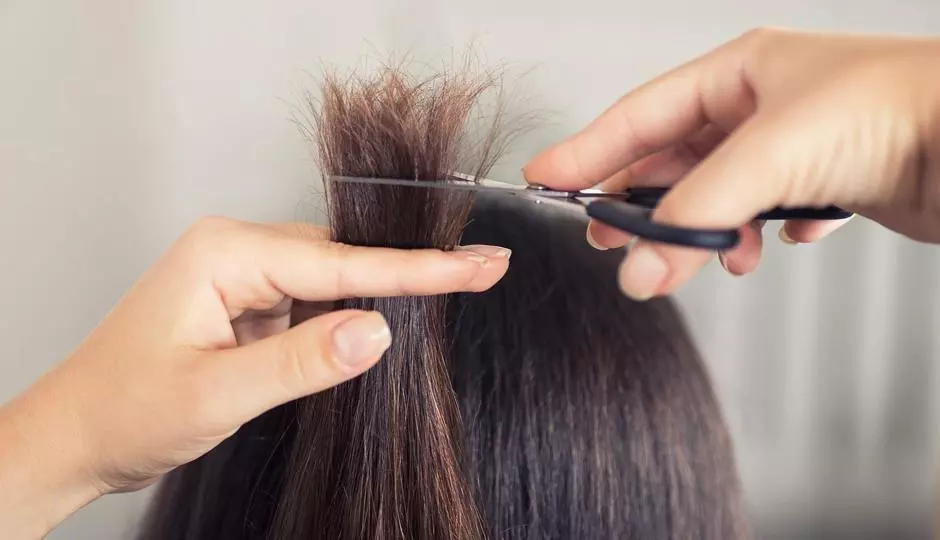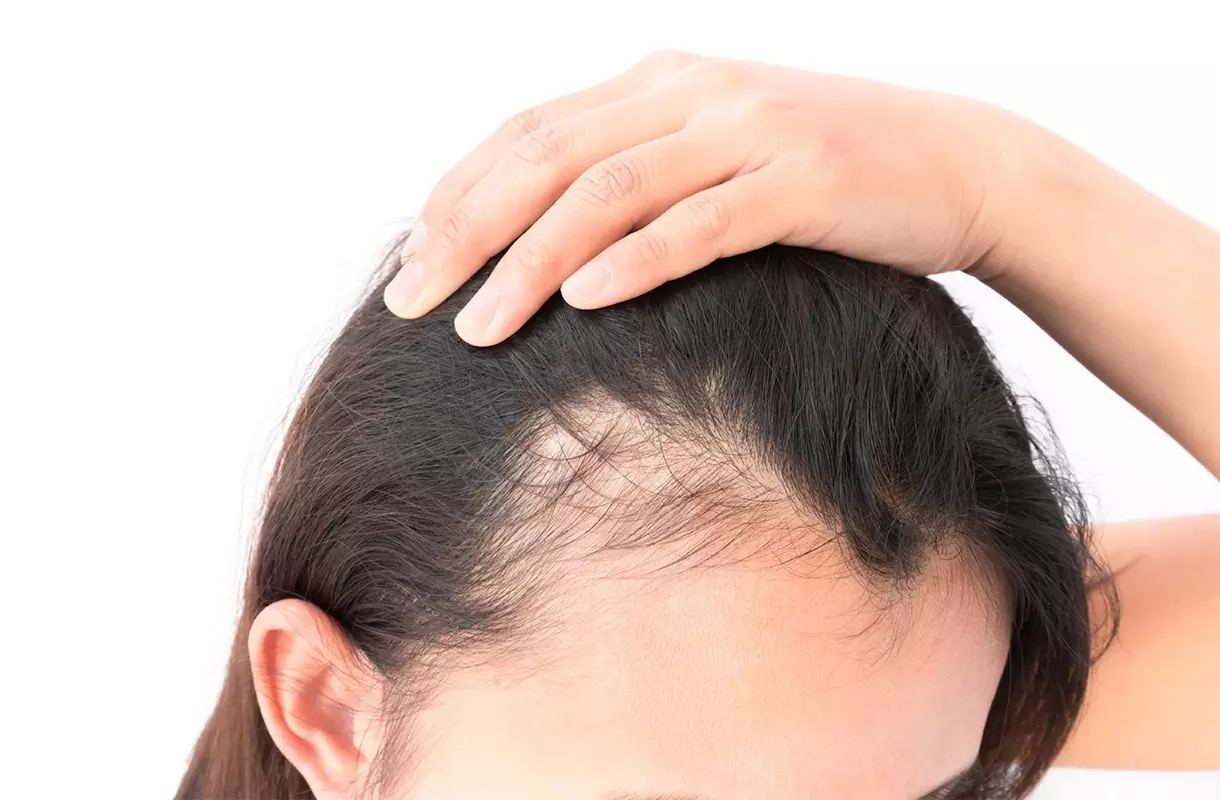The latest hairstyles and hair colors can seem exceptional in photographs splashed across magazines covers, and the internet, but creating these looks requires exposure of hair to heated styling devices and harsh chemicals that, in turn, can severely damage hair. Notably damaged hair can be suggestive of a disease, or a hair-shaft disorder, a condition our medical practice can diagnose and provide an individual treatment protocol for hair restoration.
Weathering
Normal and abnormal hair that is bleached/colored, dyed, permed, and combed can develop the condition "weathering" where hair subjected to regular wear and tear show symptoms of harm to the cuticle and cortex. Hairs grow about 1 cm per month, so if the length of an individual hair is 35 cm long, that is 3 years of continued susceptibility to weathering from external elements.
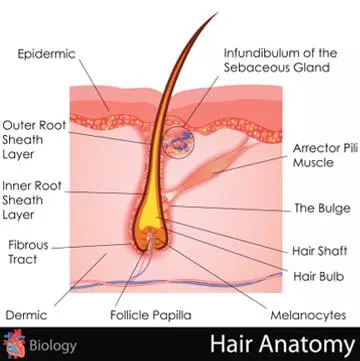
Weathering can damage the hair cuticle (outer surface of the hair composed of overlapping scales) and fray the ends. After the tip of the hair shaft starts to fray, the cortex is exposed. The cortex is the central structural component of a hair fiber accounting for most of its size and strength, and when the cortex begins to fray from damage, signs of “weathering” are more visible near the distal end (tip of hair) which we know as split ends.
How split ends develop is relevant to my hair restoration practice considering prolonged weathering from excessive hairstyling, washing, and environmental exposure (swimming, the sun, etc.) can lead to a hair-shaft disorder. An entire spectrum of hair shaft disorders exists, but I want to highlight the most common type of breaking defect I see with my patients, Trichorrhexis Nodosa.

Image via HumPath
Trichorrhexis Nodosa
Trichorrhexis nodosa is the most common defect of the hair shaft leading to hair breakage. Described as localized fractures and fraying of the cortex to resemble a node, these nodes make hair break off easily. The central cause is mechanical and chemical trauma, however, extreme hair type, hairstyling and tight braiding/weaving/ponytails can make the hair shaft weak, intensifying the trauma.
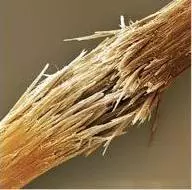
Image via Strand and Science
Trichorrhexis nodosa develops from severe weathering, causing localized damage to the cuticle, and exposing the cortex and cortical fibers. These cortical fibers part and fray creating the distinctive nodular swelling of the hair shaft that looks like two paintbrushes attached against each other at the point of the nodular swelling. Depending on the extent of the trauma, fractures can happen at the nodular swelling leading to uneven or scattered hair loss. However, when a significant portion of hair is damaged, outcomes include severe breakage, loss, and irregular stunting of growth.
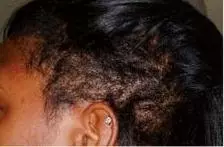
Image via Research Gate
African hair often withstands injury poorly, and vigorous attempts to straighten curly hair cause nodes to emerge sooner and closer to the root, or proximal end of the hair. Even though Caucasian and Asian hair is stronger than African hair, it too cannot dodge trichorrhexis nodosa generated from harsh abuse. Nodes, in this case, are usually seen at the distal or ends of hair versus closer to the root.
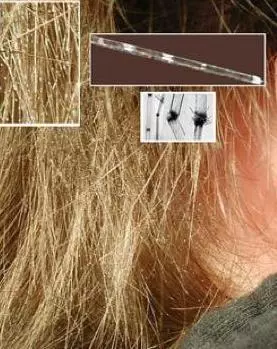
Image via Style Commander
Treating Damaged Hair
Treating seriously damaged hair requires added attention. With hair breaking off so frequently, growing healthy hair out from the scalp is the only approach to fully restoring the damaged hair shaft, and as earlier discussed, hair grows about 1 cm per month, so new hair progression takes time. Once a hair-shaft disorder is recognized, the best action to take is preventing further deterioration.
Here are some practical measures to take with fragile or excessively weathered hair to prevent further damage as hair grows out:
- Avoid wetting hair every time you shower or take a bath.
- Do not wash hair more than once a week.
- When shampooing, always use a conditioner, and leave it on the scalp for at least five minutes before rinsing.
- Use a conditioner without shampoo if the hair is clean.
- After wetting the hair, only pat it lightly dry and do not rub it with a towel.
- Do not blow-dry the hair or use hot combs.
- Comb the hair with a wide-toothed comb no more than once a day.
- Do not brush the hair.
- Avoid all hairdressing procedures. In particular do not have hair bleached, dyed, straightened, permanent waved (permed), crimped, or pleated. The hair should only be cut with sharp scissors, and not a razor.
- Protect the hair from excessive exposure to sunlight, by wearing a loose-fitting hat or scarf.
- Avoid tight hats and bathing caps.
- Do not tie the hair back tightly in a ponytail or in braids.
- Consider a satin pillowcase to reduce friction while sleeping.
Above all else, it never hurts to have a one on one consultation with Dr. Gray to discuss the patient's specific situation—and the earlier you take action, the better the results are likely to be. To schedule a consultation, we invite you to reach out to us at HT&RC today for your consultation.
